When it comes to laboratory design, often taking two steps back can help establish the true needs of a laboratory without the preconceived limitations generated from existing working conditions.
The feasibility in many instances is the start of a master plan. It aids in creating a vision of medium to long term plans and allows for staging effectively where budgets may be limited.
In this article, we will be talking about the pivotal part a feasibility study and workflow strategy can play in a laboratory fitout.
Practical Applications for Lab Design Using a Feasibility Approach
It starts with a blank slate and looks at the systems and process required to function within a laboratory, warehouse or office space. It discards building limitations and other constraints and looks at a client’s true requirements to function in an efficient and streamlined manner.
At this early stage of feasibility, usually two options would apply.
Option 1: Relocation and Space Determination
Where the client is looking to relocate and needs to determine the square meterage of space needed and the optimal type of property required to perform their function. This information is useful to pass onto Tenant Reps or Estate Agents to ensure they find a site that is fit for purpose and can accommodate the required design and construct of an appropriate space incorporating all the necessary service elements that go hand in hand with building a laboratory fitout.
Option 2: Reconfiguring Existing Premises
Where a client already has premises and has an opportunity to reconfigure the space to accommodate a far more efficient workflow that caters to their current and future needs.
In both instances the principles and methodology used are similar.

Tackling the Challenges of Space Constraints
Over the years we have seen many laboratories bursting at the seams, taking up every inch of available space. Equipment is placed wherever a space can accommodate, resulting in processes that are influenced by physical constraints rather than effective workflows or efficient laboratory layout.
This severely impacts on efficiencies and increases the risk of human error, cross contamination and safety hazards. When time equates to money, this can be an expensive process that often is near impossible to quantify.
A feasibility study will look at current and future requirements. It involves workshops with key stakeholders to understand current and future requirements. Understanding our clients’ processes within each lab space and how each space connects and interacts with its neighbouring spaces is key to establishing an effective and efficient workflow process.
A Comprehensive Analysis to Assess Client Needs
All this information is collated in the form of a Return Brief and will reflect suggestions and recommendations based on the information received. Depending on the scope, the return brief would typically include Architectural and Services Sketch Plans or flow diagrams. It would cover off compliances governed by the Australian Standards and BCA requirements including any safety and disability requirements.
The feasibility study also looks at numerous other elements that will impact on the client’s needs. This would include:
- Establishing a list of equipment needed with their respective services demands
- Review any specialised equipment with specific service requirements
- The types of gases needed and the compliance to ensure safe storage of each
- Dangerous goods review and the requirement for the safe storage of chemicals
- The safe discharge of hazardous materials
- Trade waste storage and disposal
- Maximum electrical demand
- Indicative spatial requirements for Mechanical kit
The above is by no means an exhaustive list. It does however highlight the complexities and considerations that one must take into account before being able to determine an effective workflow process.

The Role of a Feasibility Study in a Laboratory Fitout
The concept design would incorporate certain elements of the feasibility works, but it’s far more high level without all the due diligence and exhaustive research managed during the feasibility stage. The feasibility study provides greater insight into forward thinking and often can be the difference between a decision made on assumptions and a decision based on collaborative thoughts and input collated from key stakeholders and professional advice.
As a company embarks on the decision to build or upgrade their laboratory, budgets often exclude any consideration for a feasibility study. They are considered an unnecessary expense. The financial commitment is in fact relatively low and the value of planning ahead and being able to articulate a strategic plan well in advance of the design can be a cost-effective solution providing peace of mind.
Overcoming any limitations and streamlining the laboratory design and laboratory construction process can ensure improved efficiency, collaboration and cost-effectiveness. A feasibility study is a worthwhile tool to help you pinpoint all the crucial considerations in your next laboratory fitout.
Interested to know how our Labline team can help? Visit our laboratory consulting page or click here to book a chat with one of our experienced strategists.

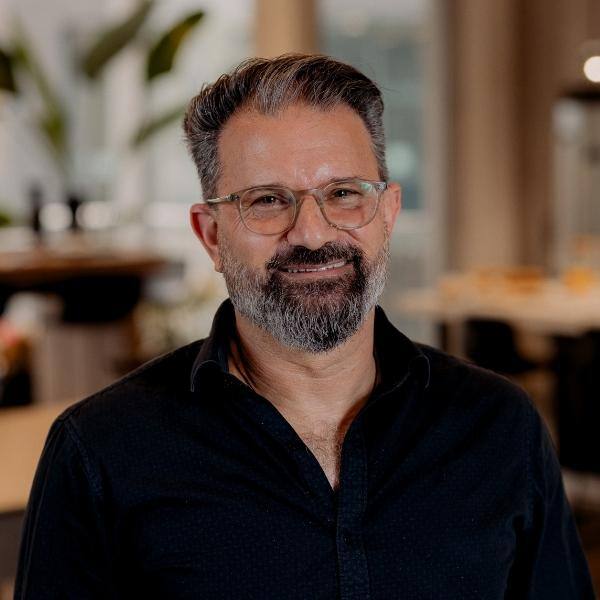
/Cap%20Stats/lab-inside-blog.jpg)
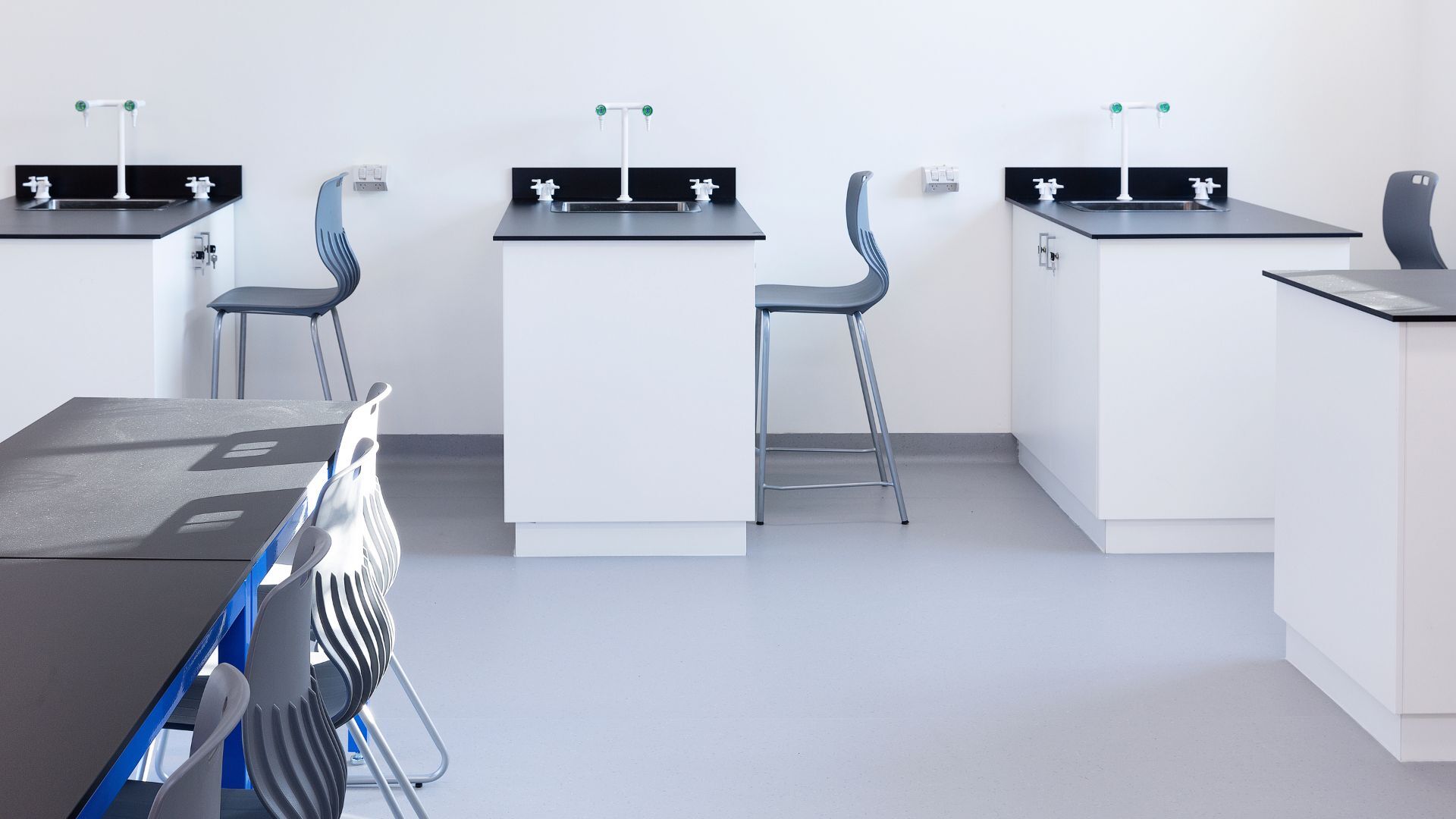
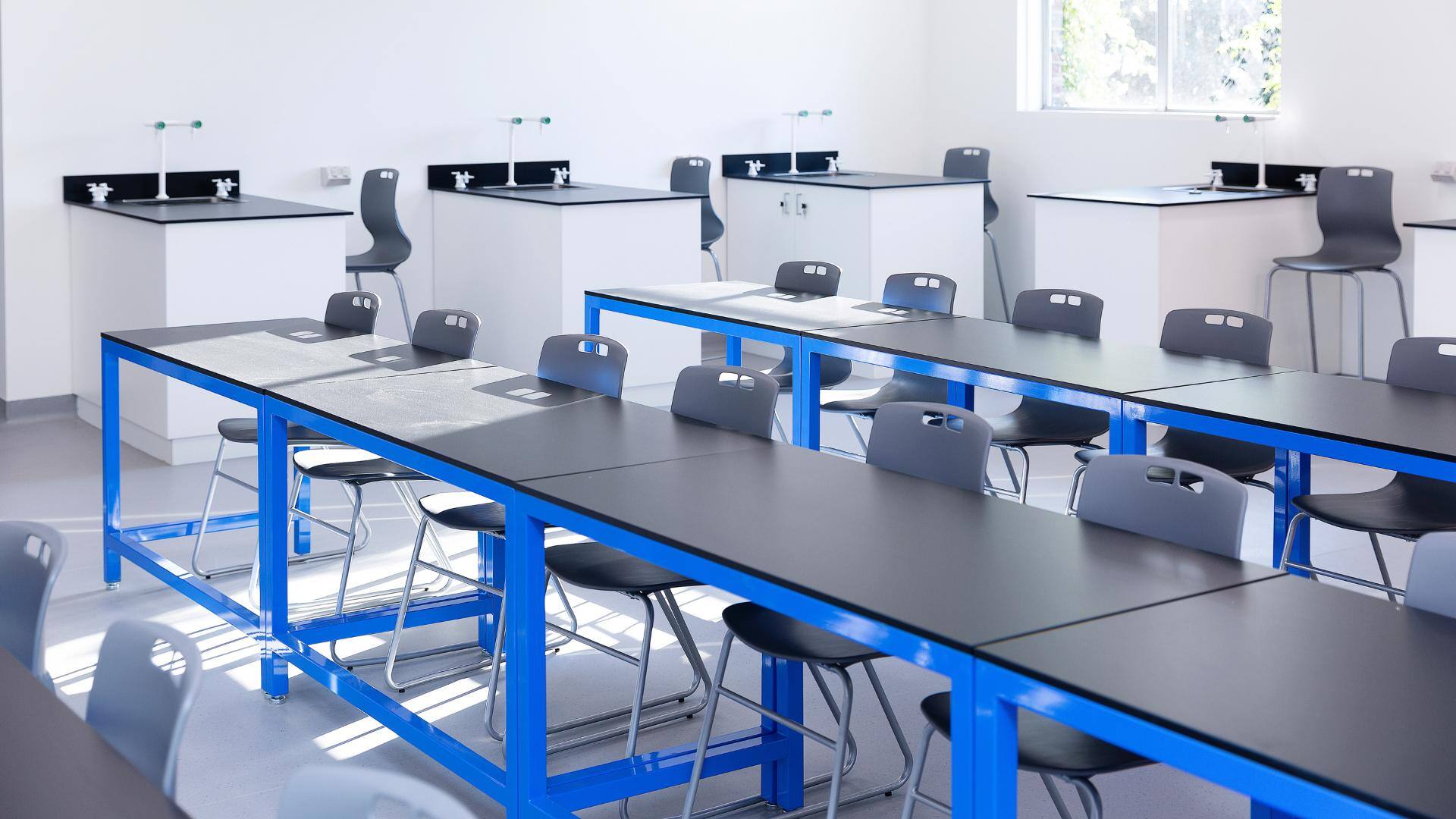
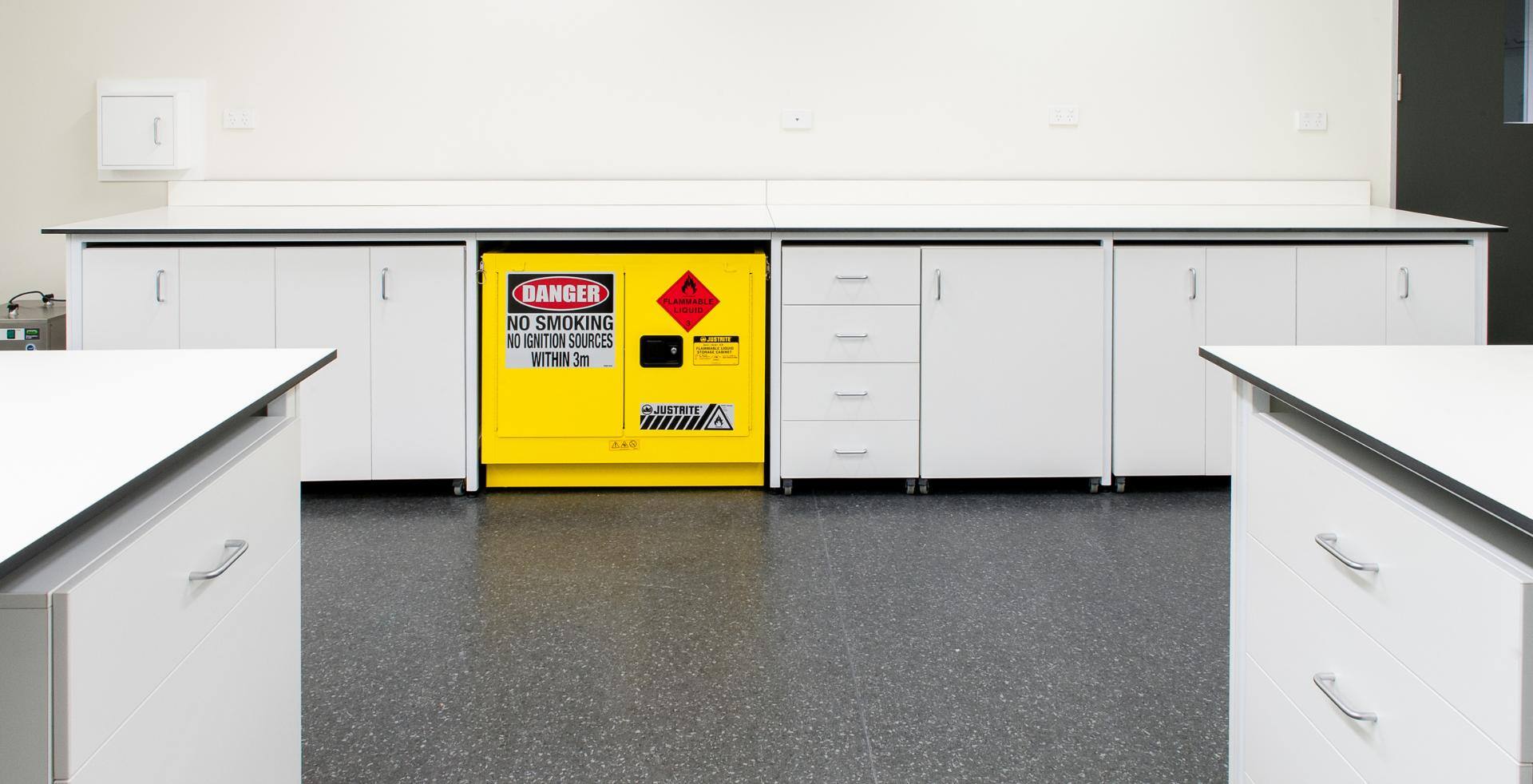
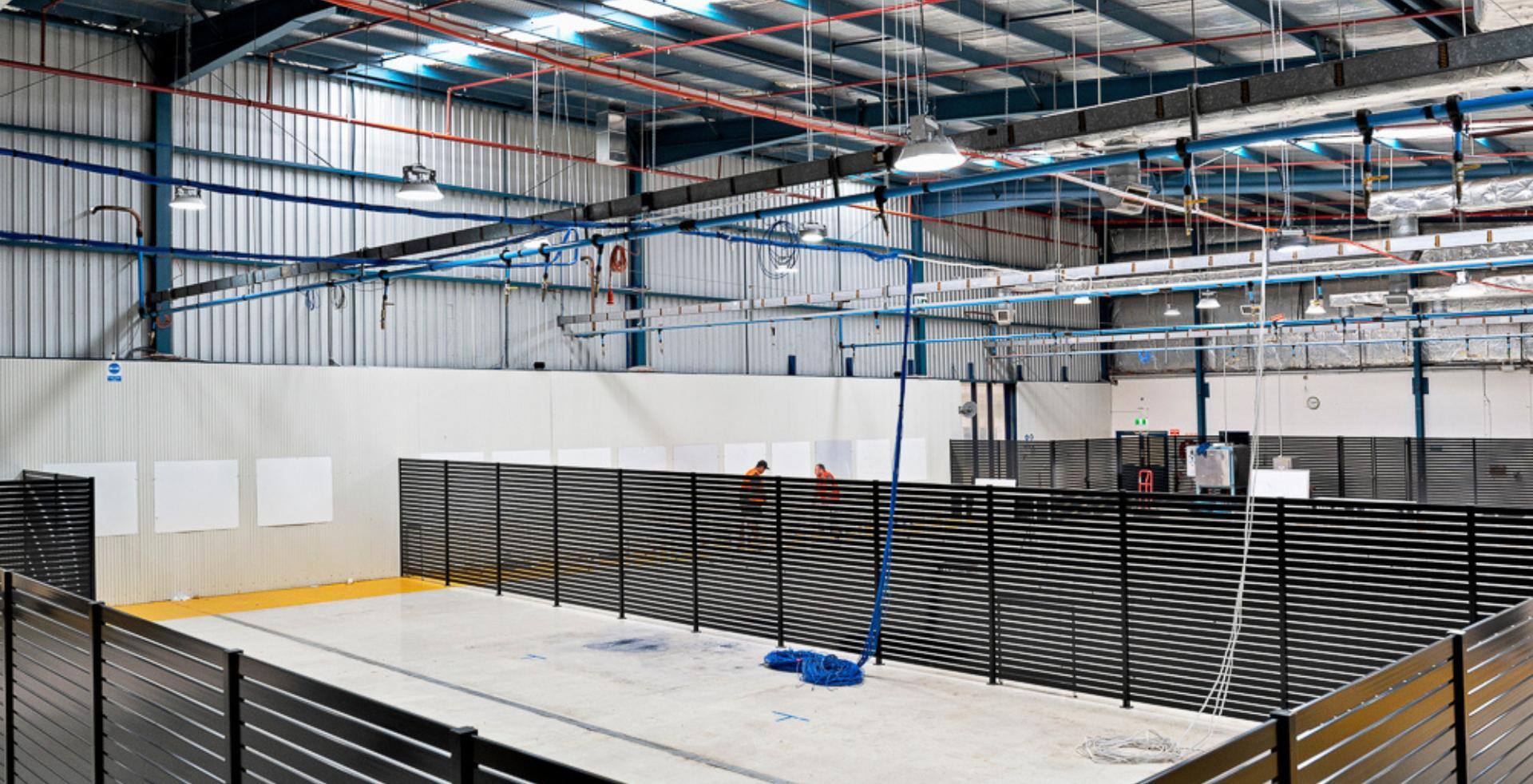
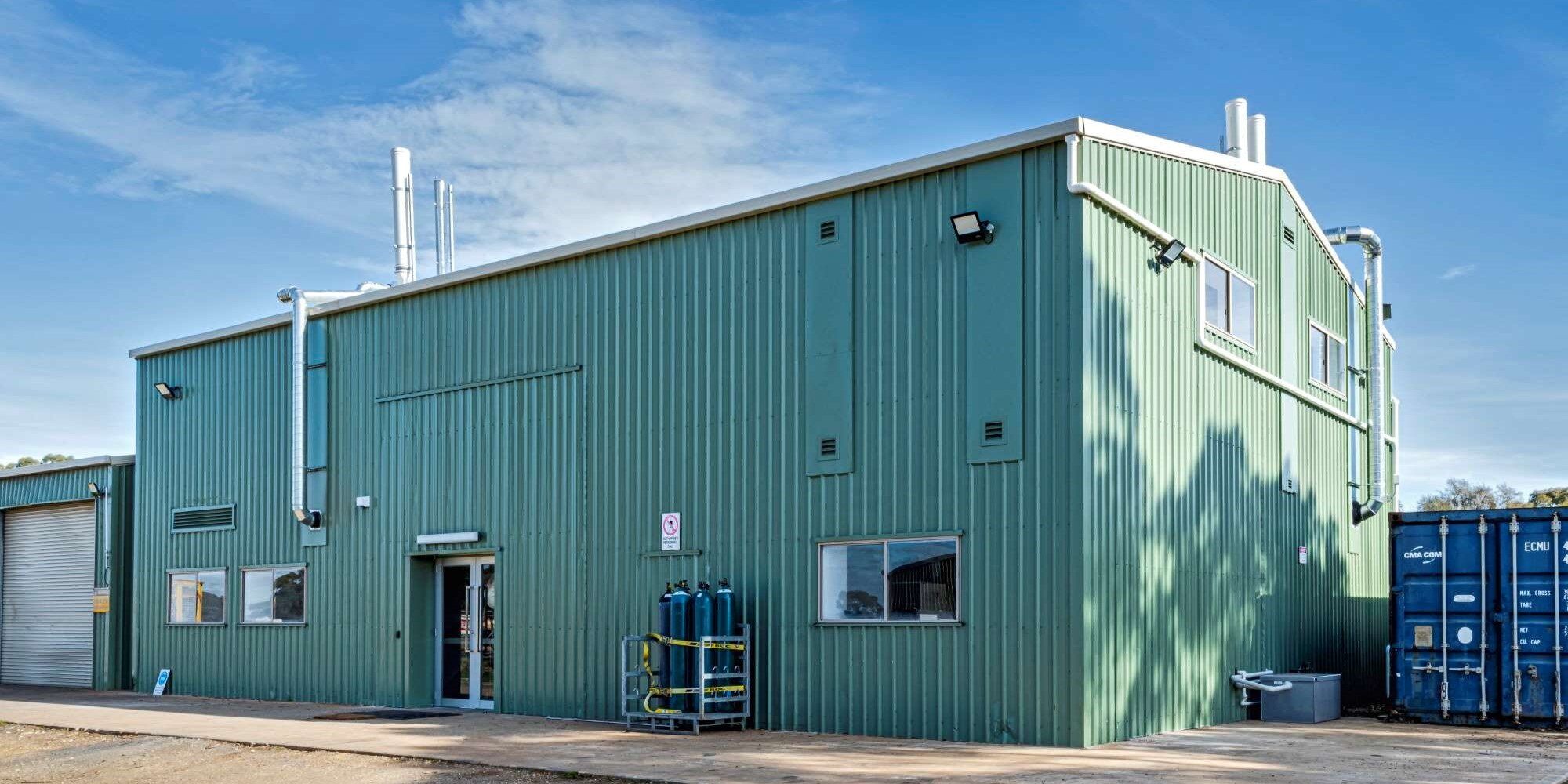
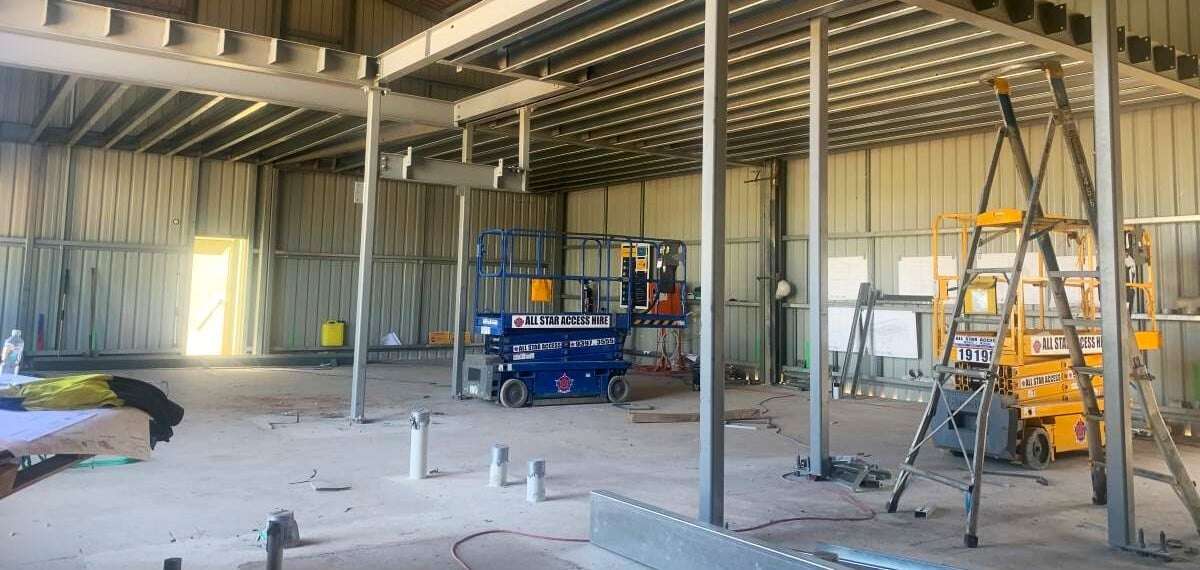

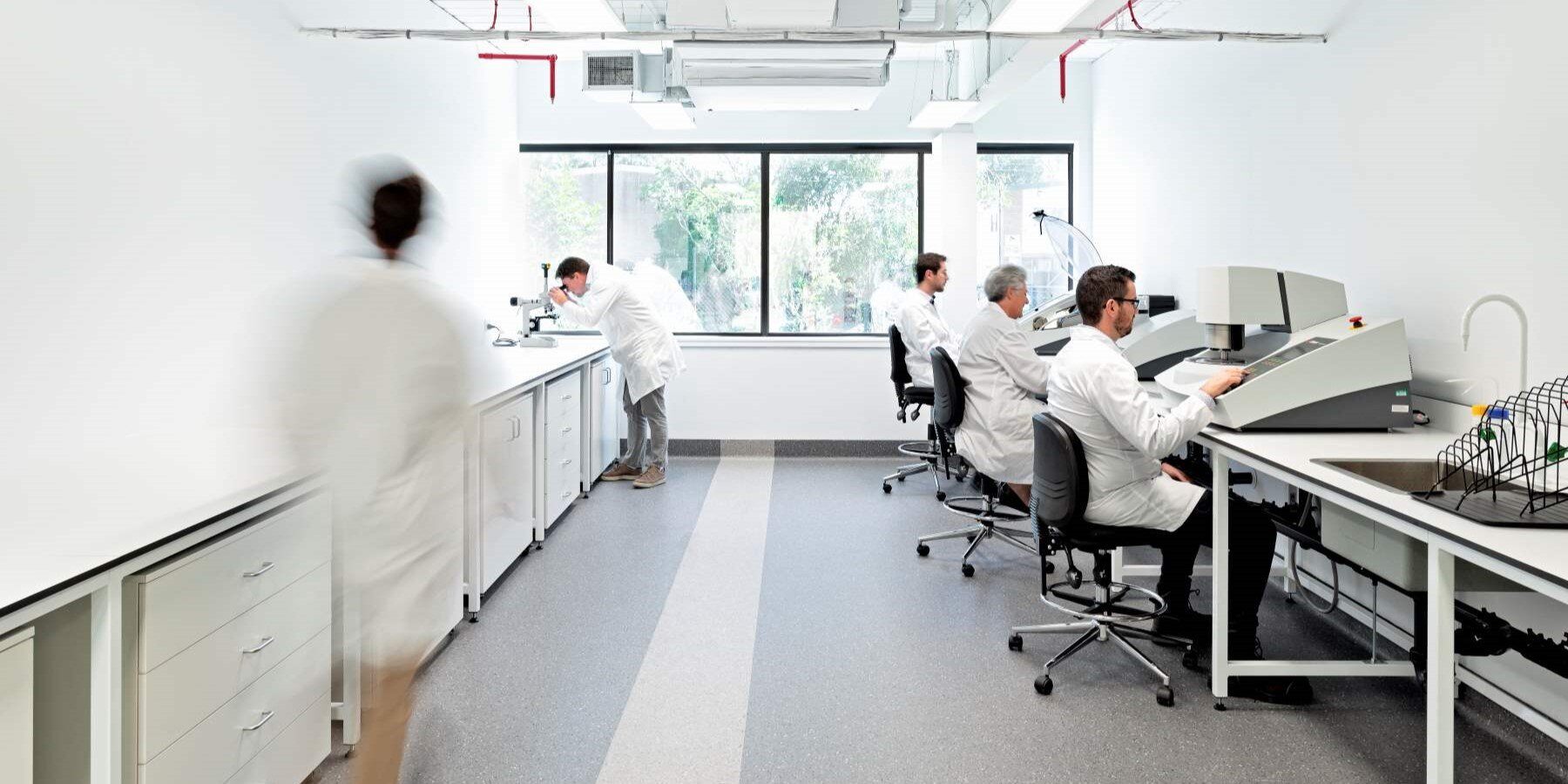
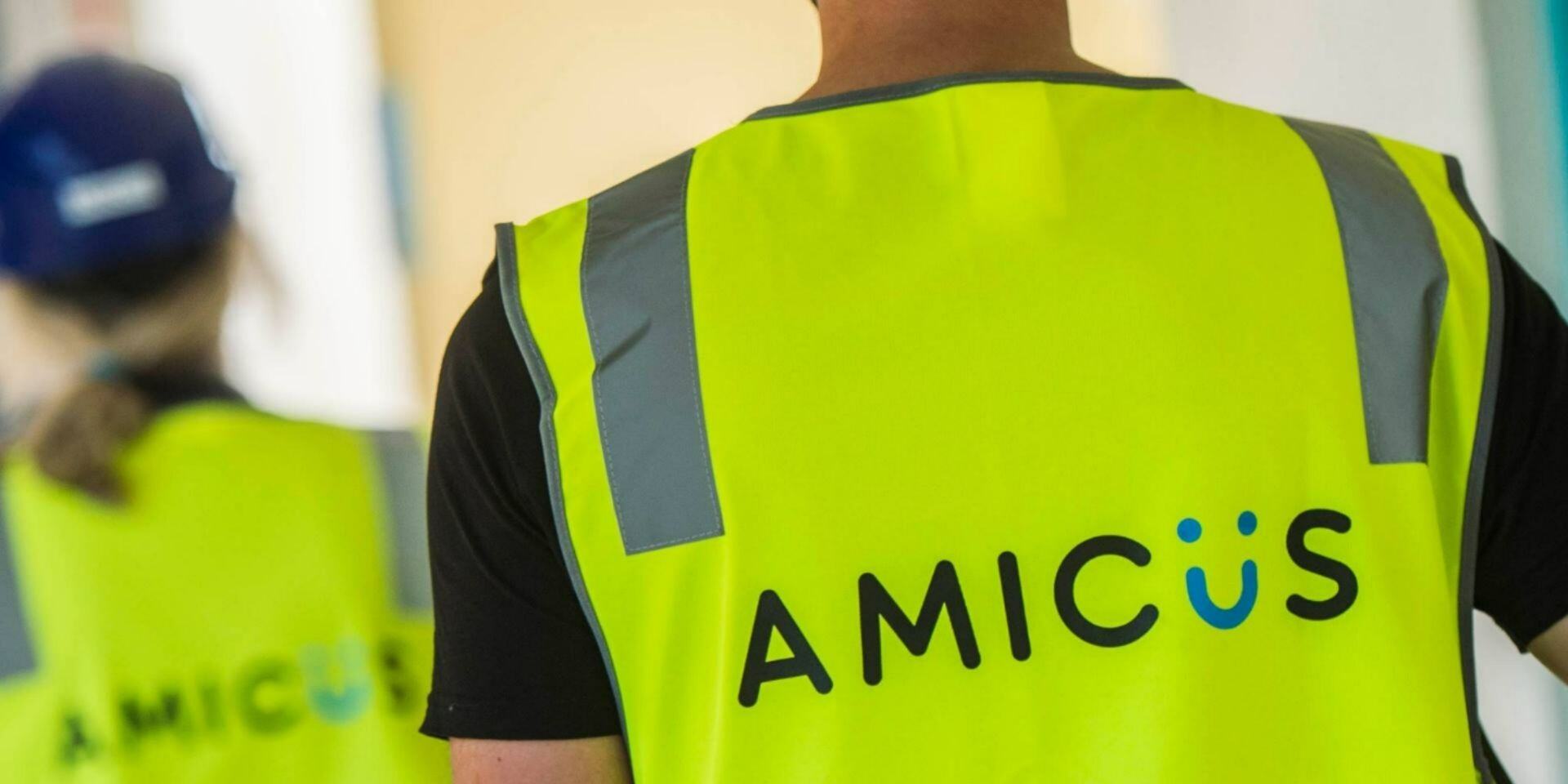
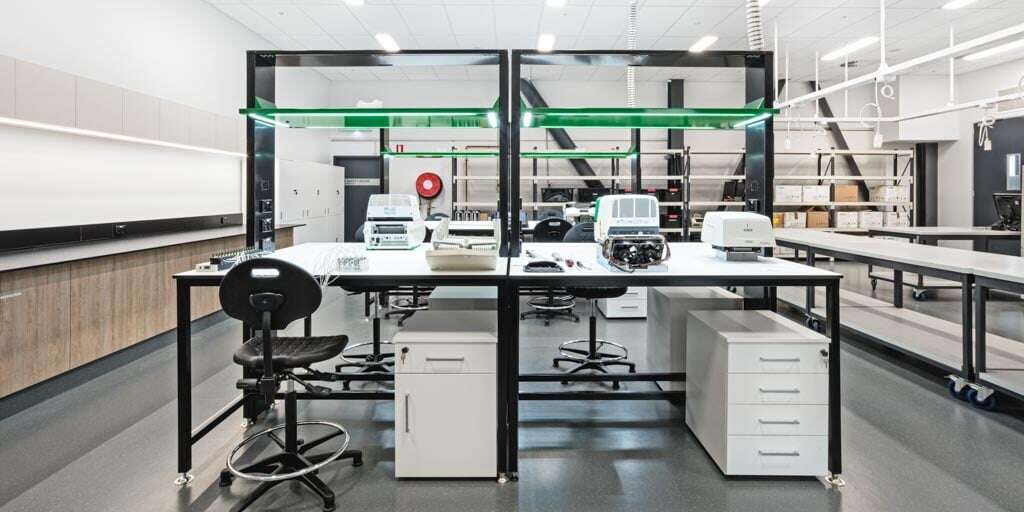
/Sectors/Laboratory/amicus-labline-contact.jpg)